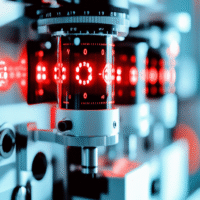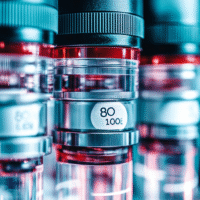Understanding the Study Results
This study looked at how a mix of traditional teaching and electronic learning can help medical students learn to read chest X-rays better. Here’s what we found:
What Worked?
- The students who used the electronic training showed a big improvement in their ability to interpret chest X-rays.
- They felt much more confident in their skills after the training.
What Didn’t Work?
- The group that did not use the electronic training improved, but not as much as those who did.
How Does This Help Patients and Clinics?
- Better-trained medical students can diagnose patients more accurately.
- Improved skills in reading chest X-rays can lead to faster and more effective treatments.
Real-World Opportunities
- Hospitals can implement electronic training programs for their medical students.
- Doctors can use these findings to enhance their teaching methods.
Measurable Outcomes
- Track the improvement in students’ scores in chest X-ray interpretation.
- Monitor changes in students’ confidence levels before and after training.
- Assess the impact on patient diagnosis and treatment times.
Suggested AI Tools
- Consider using AI-based platforms that provide interactive learning modules for medical students.
- AI tools can help simulate chest X-ray readings for practice.
Step-by-Step Plan for Clinics
- Start small by introducing a few electronic learning modules in your training program.
- Gather feedback from students about their learning experience.
- Gradually increase the number of electronic resources based on the feedback.
- Monitor and evaluate the effectiveness of the training on student performance.
- Share successful practices with other departments or clinics to improve overall training quality.
For more details on this research, you can visit the study here.


























